Recommended sushi restaurants in Gunma, Japan
-

Meat Tofu and Lemon Sour Shokudo Yasubee Takasaki Station East Exit Branch
Sushi restaurant in Gunma [SUSHILIVE comment] -


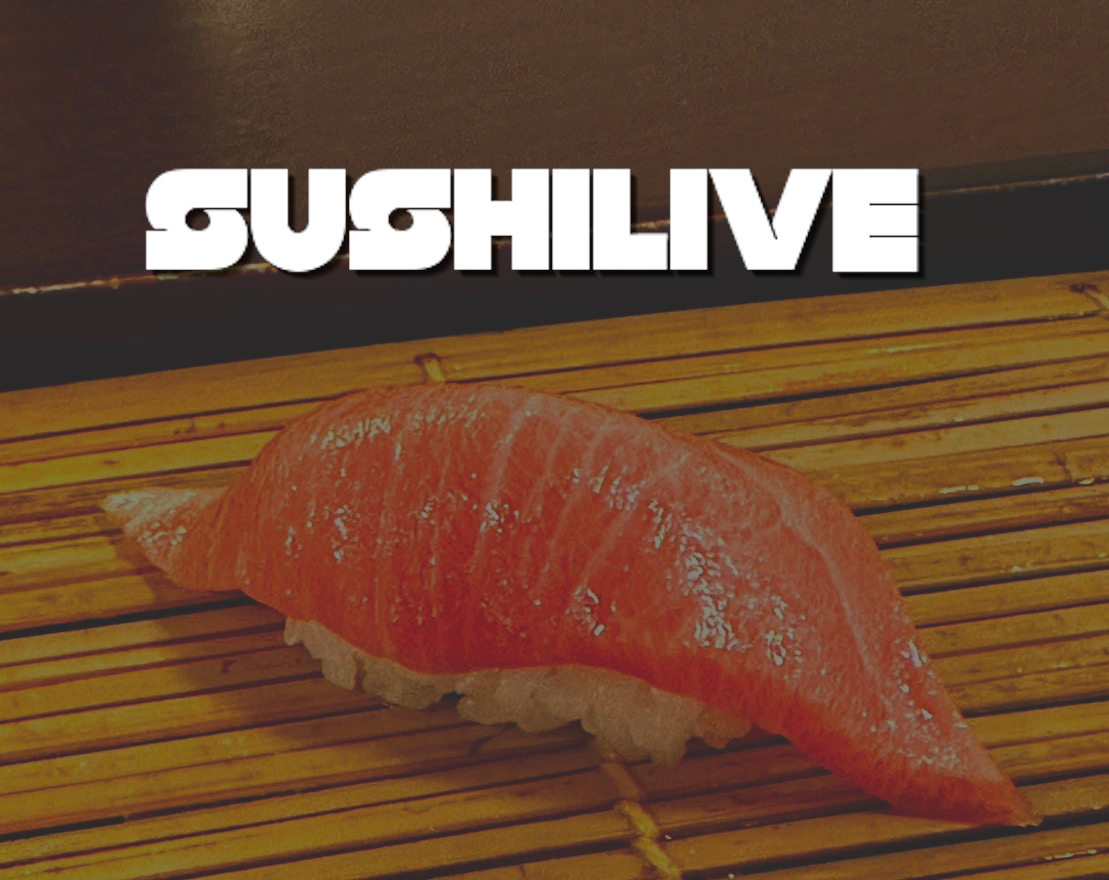
Toyomaru Suisan Takasaki Station West Exit Store
Sushi restaurant in Gunma [SUSHILIVE comment] -



Mizuho Ajiro
Sushi restaurant in Gunma [SUSHILIVE comment] -



Kanazawa Conveyor-belt Sushi Restaurant, Takasaki Opa
Sushi restaurant in Gunma [SUSHILIVE comment] -



Sushiro Takasaki Iizuka
Sushi restaurant in Gunma [SUSHILIVE comment] -



Hananomai Maebashi Kitaguchi Store
Sushi restaurant in Gunma [SUSHILIVE comment] -



Muzoe Kurazushi Takasaki
Sushi restaurant in Gunma [SUSHILIVE comment] -



Hamazushi Takasaki Kaminakai
Sushi restaurant in Gunma [SUSHILIVE comment] -



RelocationBina Aji: Sushi ShintaroThe store information before the relocation. For the new location, please refer to Sushi Shintaro.
Sushi restaurant in Gunma [SUSHILIVE comment] -



Tsukiji Shokudo Minamoto-chan AEON MALL Takasaki
Sushi restaurant in Gunma [SUSHILIVE comment] -



Sushi Dragon
Sushi restaurant in Gunma [SUSHILIVE comment] -



Sutaminataro Garden Maebashi
Sushi restaurant in Gunma [SUSHILIVE comment] -



Yonezawa-tei Suzukinmu Main Branch
Sushi restaurant in Gunma [SUSHILIVE comment] -



Hamazushi Maebashi Kamiizumi
Sushi restaurant in Gunma [SUSHILIVE comment] -



Uobei Takasaki Toiyamachi Store
Sushi restaurant in Gunma [SUSHILIVE comment] -



Seasonal fresh fish and vegetables
Sushi restaurant in Gunma [SUSHILIVE comment] -



Uoken Main Store
Sushi restaurant in Gunma [SUSHILIVE comment] -



Yasuke Sushi Honmachi
Sushi restaurant in Gunma [SUSHILIVE comment] -



Korean Kitchen Seoul Market Maebashi East
Sushi restaurant in Gunma [SUSHILIVE comment] -



Nitori Genji Family Yoshioka
Sushi restaurant in Gunma [SUSHILIVE comment] -



Edo-yoshi Sushi
Sushi restaurant in Gunma [SUSHILIVE comment] -



Fukusuke Jushi
Sushi restaurant in Gunma [SUSHILIVE comment] -



Helix (brand)
Sushi restaurant in Gunma [SUSHILIVE comment] -



Yasukezushi Takasaki Yotsuya
Sushi restaurant in Gunma [SUSHILIVE comment] -



Sushi Kappo Yutaka ([former name] Yutaka Sushi)
Sushi restaurant in Gunma [SUSHILIVE comment] -



Toshi Sushi
Sushi restaurant in Gunma [SUSHILIVE comment] -



middle part of a river
Sushi restaurant in Gunma [SUSHILIVE comment] -



Mannion House
Sushi restaurant in Gunma [SUSHILIVE comment] -



Bonheur Takasaki Health Care Center
Sushi restaurant in Gunma [SUSHILIVE comment] -



Sushiro Takasaki Minami
Sushi restaurant in Gunma [SUSHILIVE comment]
Recommended conveyor belt sushi restaurants in Gunma, Japan
-


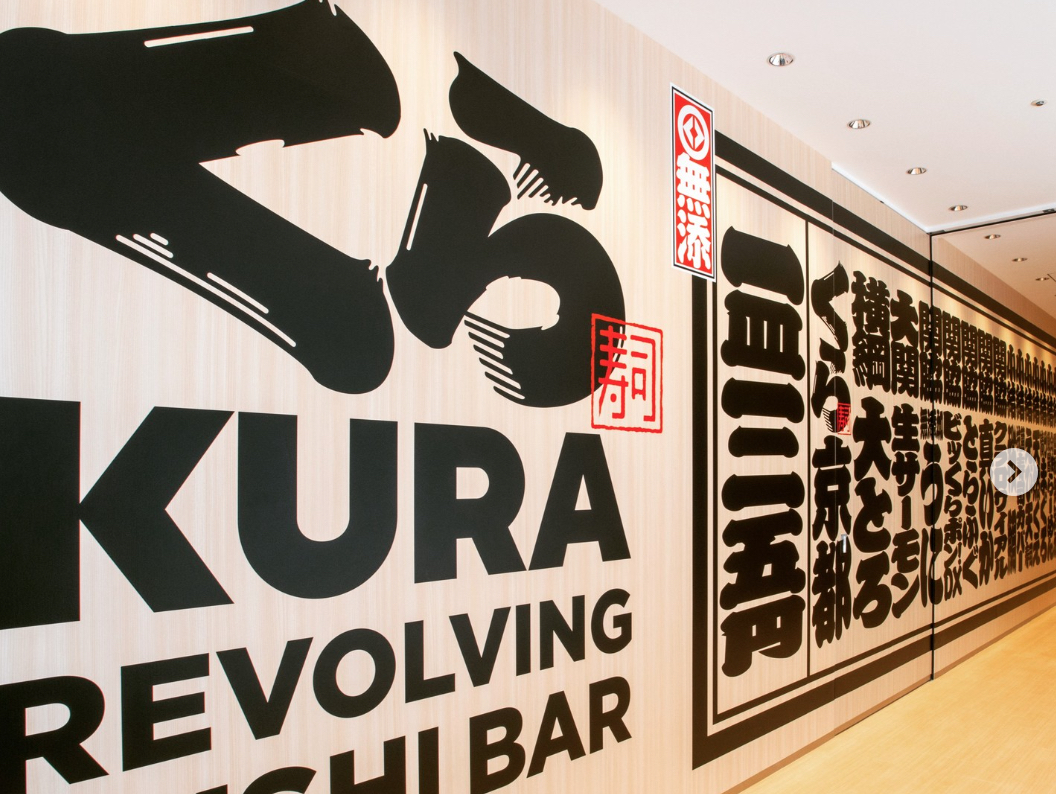
Kura Sushi Isesaki Store
Sushi restaurant in Gunma [SUSHILIVE comment] -


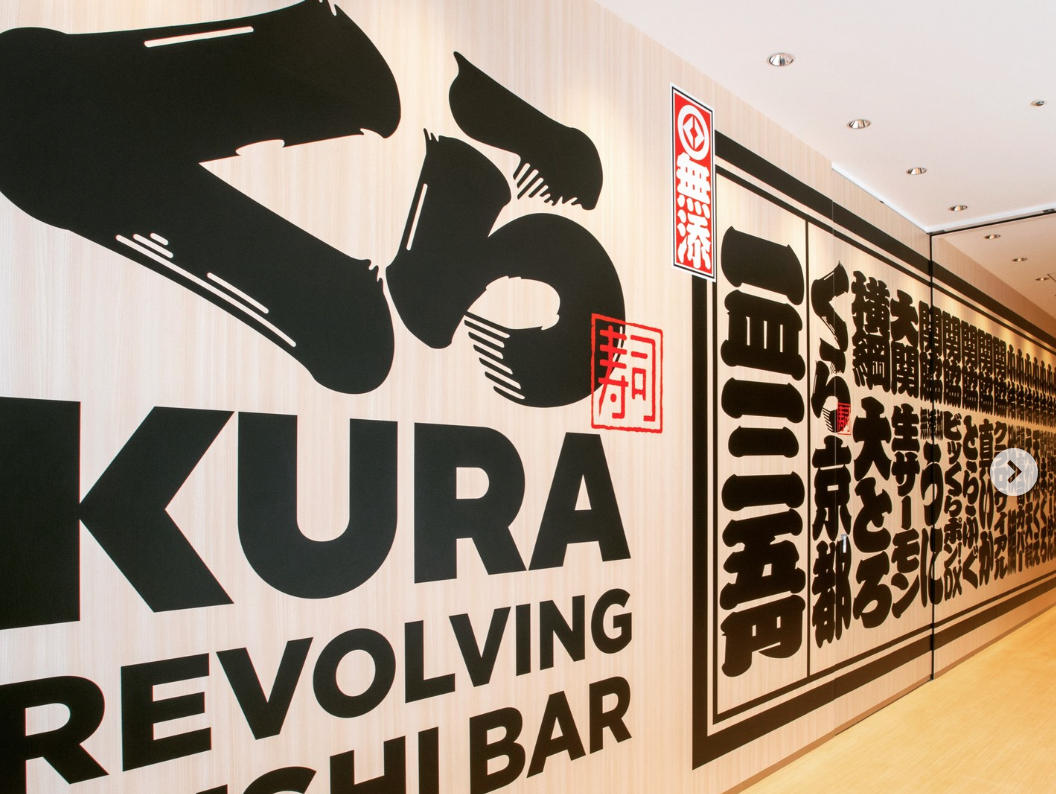
Kura Sushi Takasaki Branch
Sushi restaurant in Gunma [SUSHILIVE comment] -


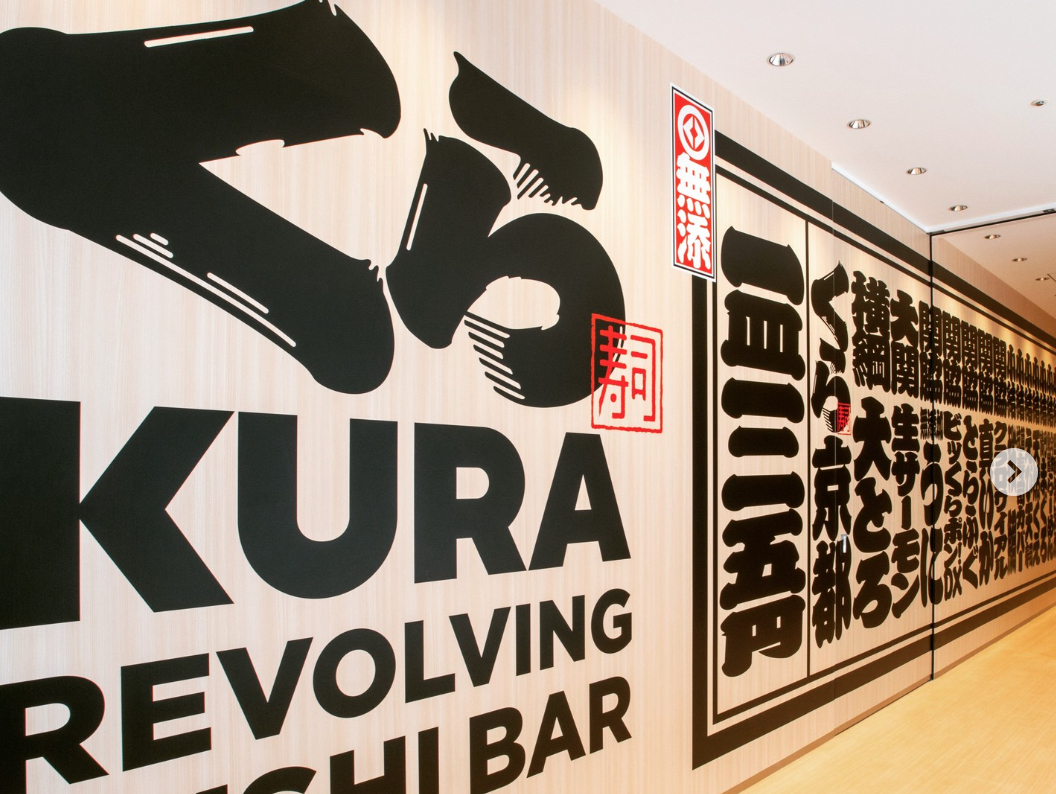
Kura Sushi Maebashi Sagi Shop
Sushi restaurant in Gunma [SUSHILIVE comment] -


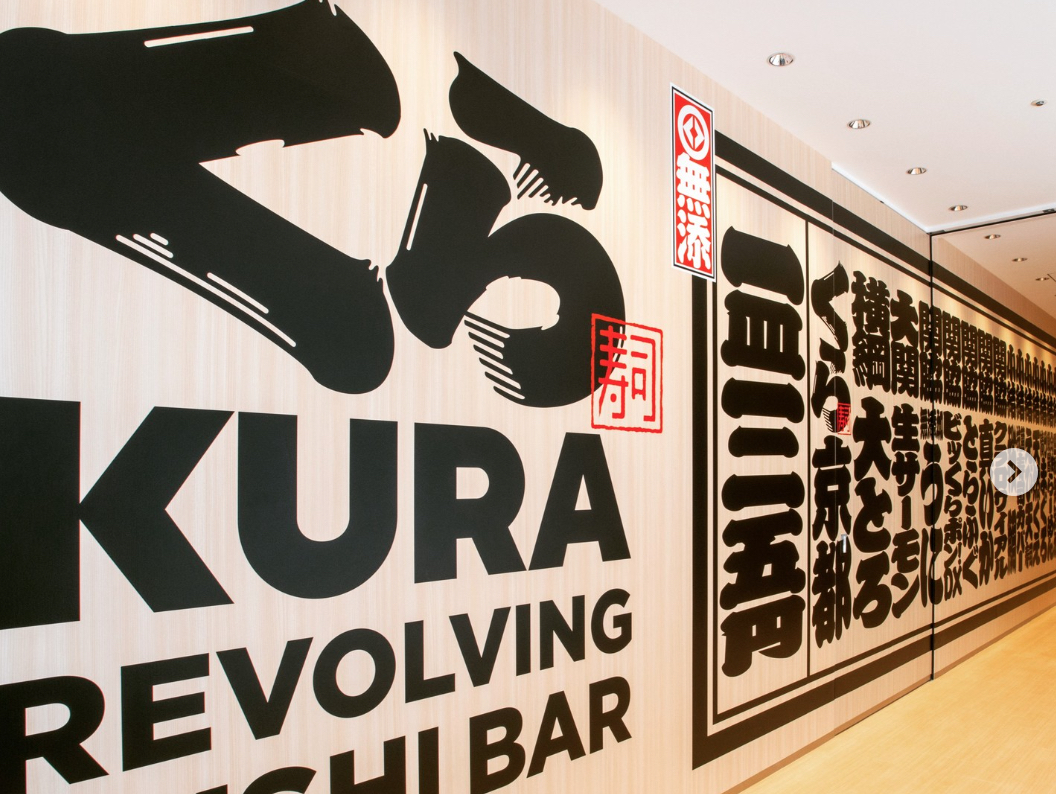
Kura Sushi Maebashi Aramaki Shop
Sushi restaurant in Gunma [SUSHILIVE comment] -


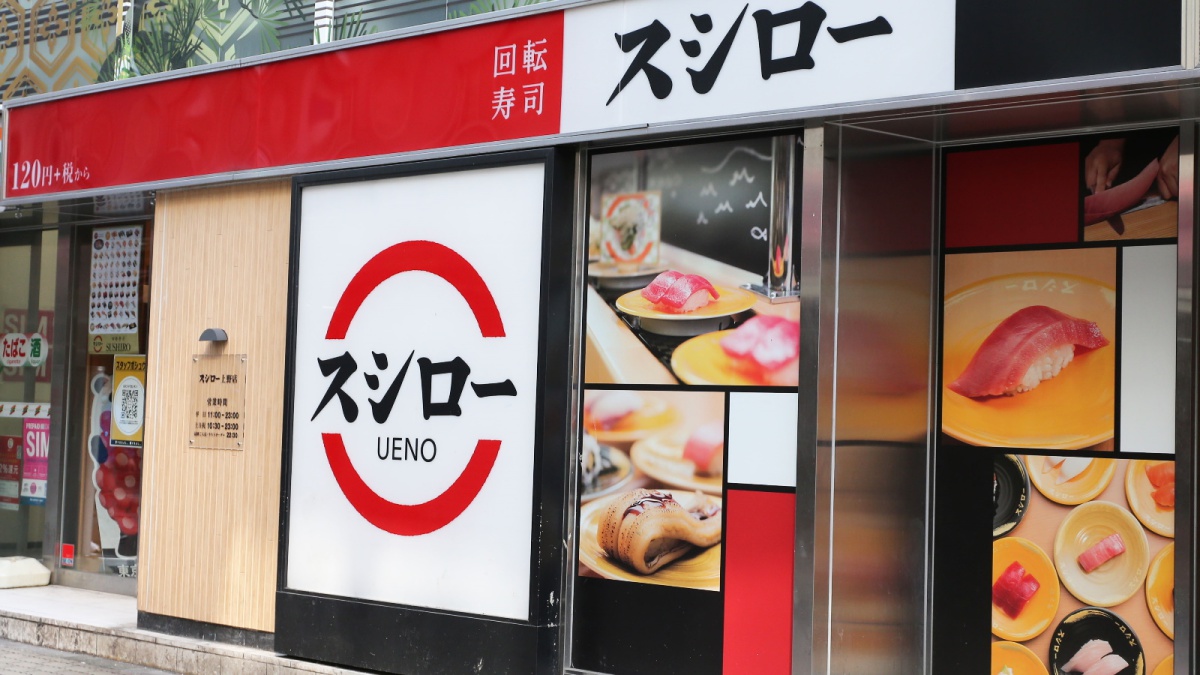
Sushiro Isesaki (department store)
Sushi restaurant in Gunma [SUSHILIVE comment] -


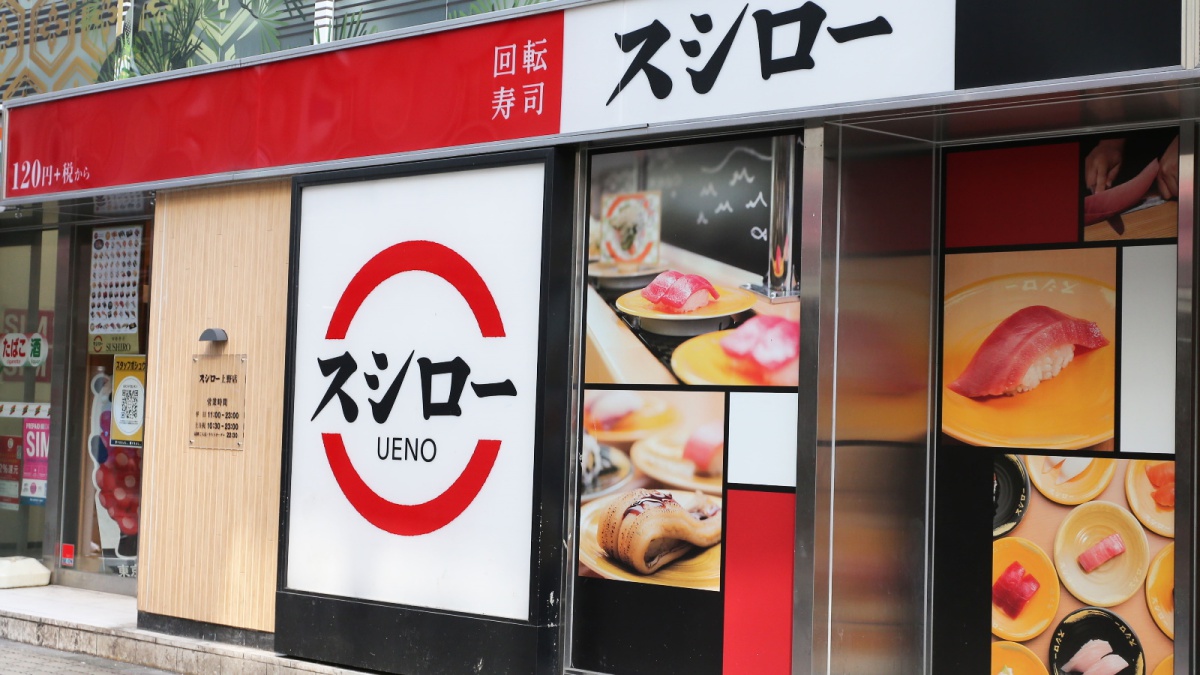
Sushiro Maebashi Amagawa Oshima
Sushi restaurant in Gunma [SUSHILIVE comment] -


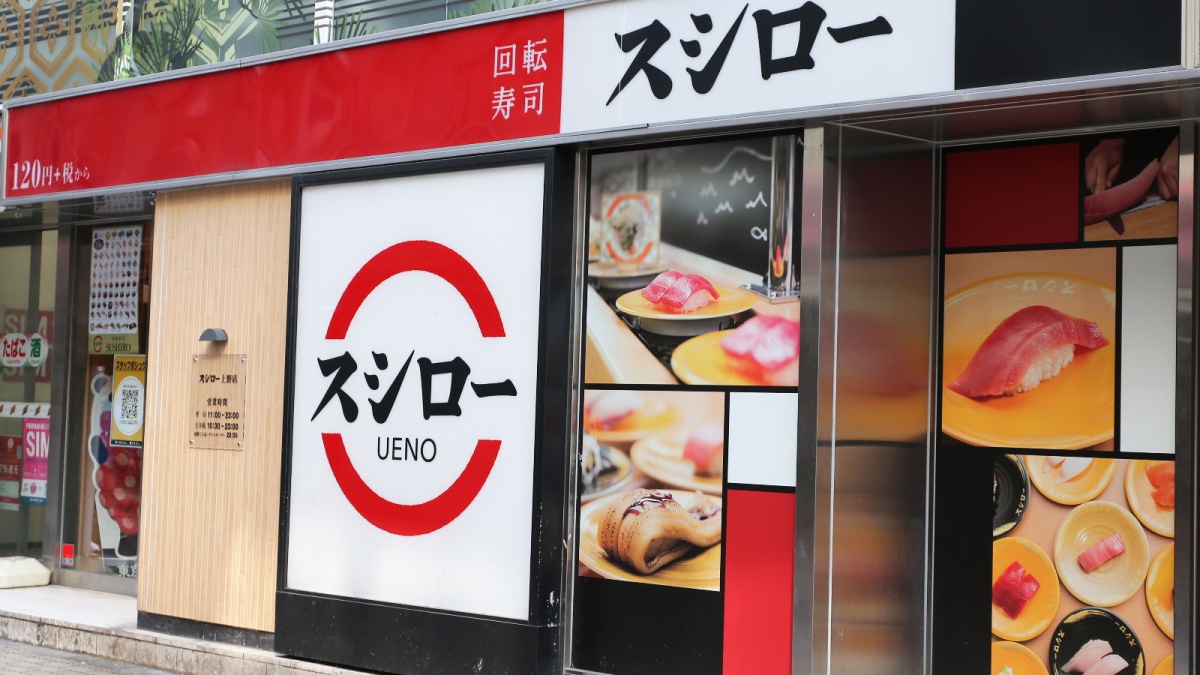
Sushiro Takasaki South
Sushi restaurant in Gunma [SUSHILIVE comment] -


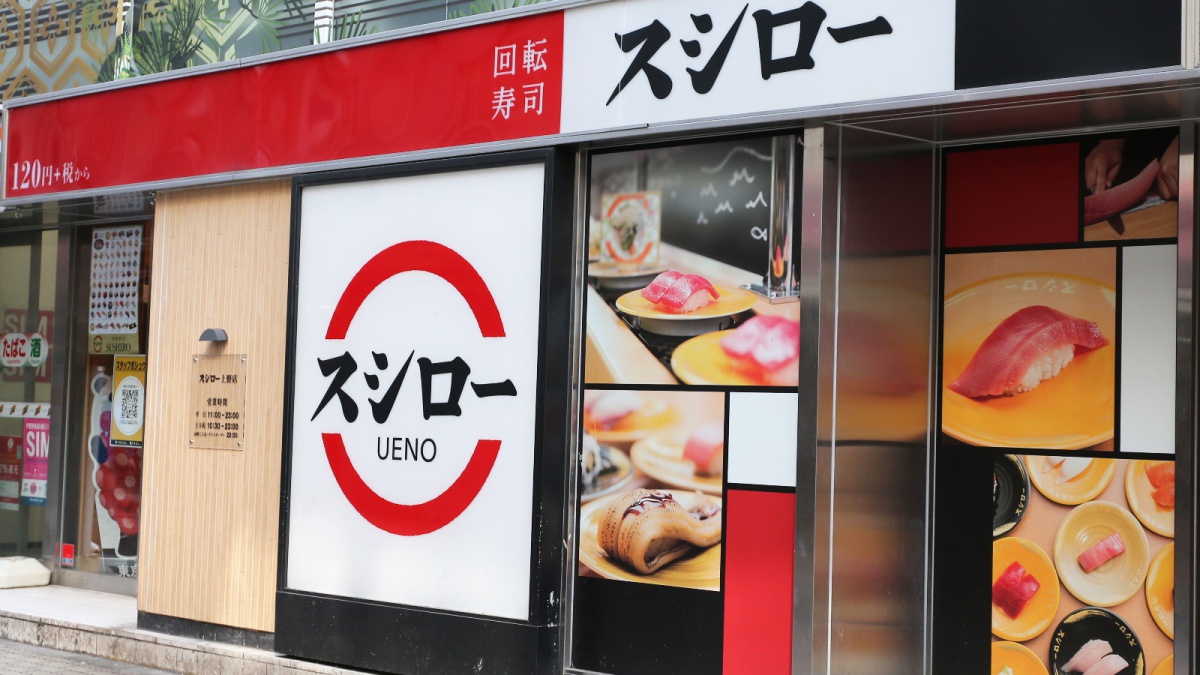
Sushiro Gunma Yoshioka
Sushi restaurant in Gunma [SUSHILIVE comment] -


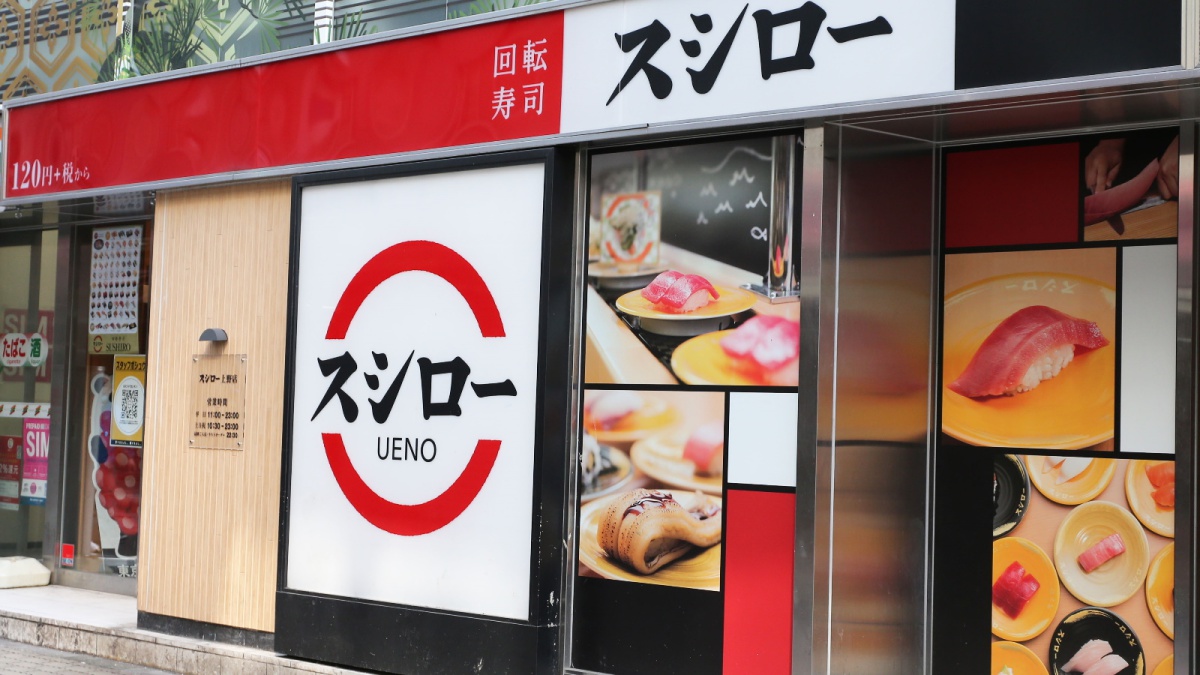
Sushiro Takasaki Iizuka
Sushi restaurant in Gunma [SUSHILIVE comment] -


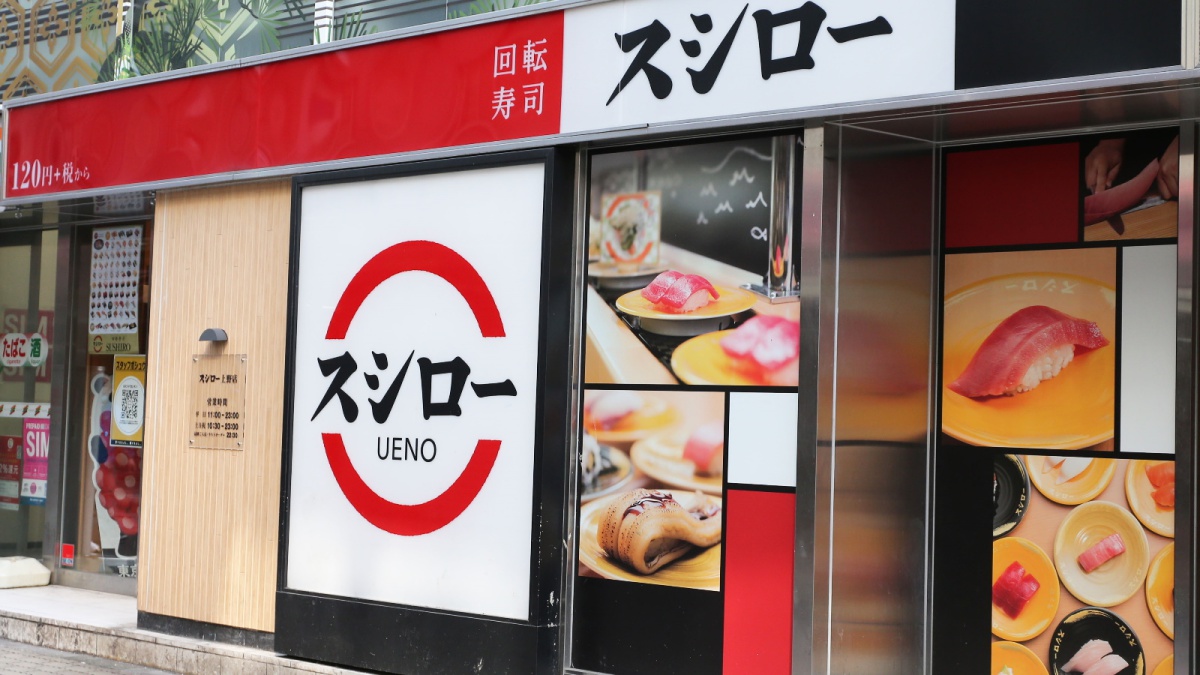
Sushiro Across Plaza Kasagake
Sushi restaurant in Gunma [SUSHILIVE comment] -


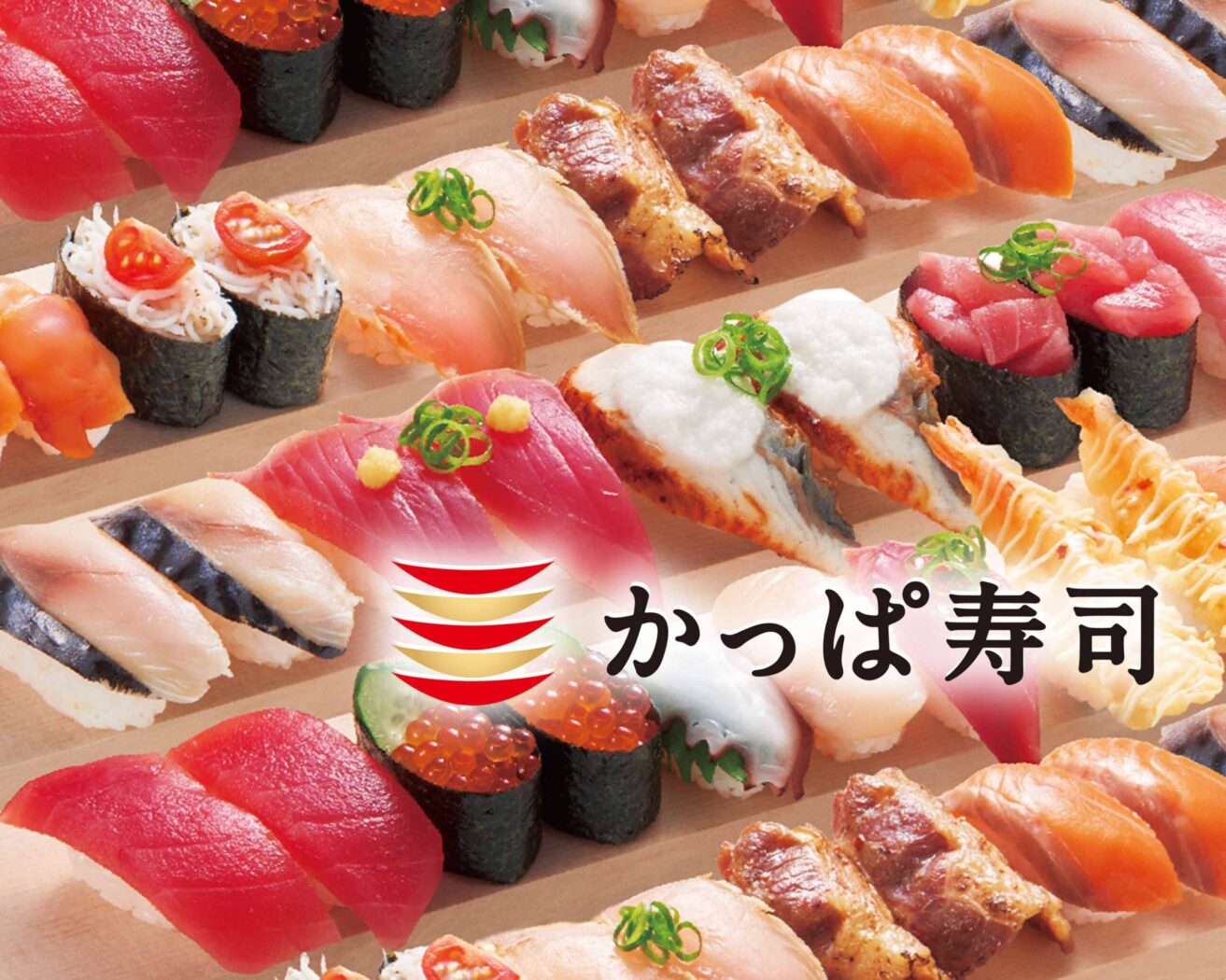
Kappa sushi Ota Store
Sushi restaurant in Gunma [SUSHILIVE comment] -


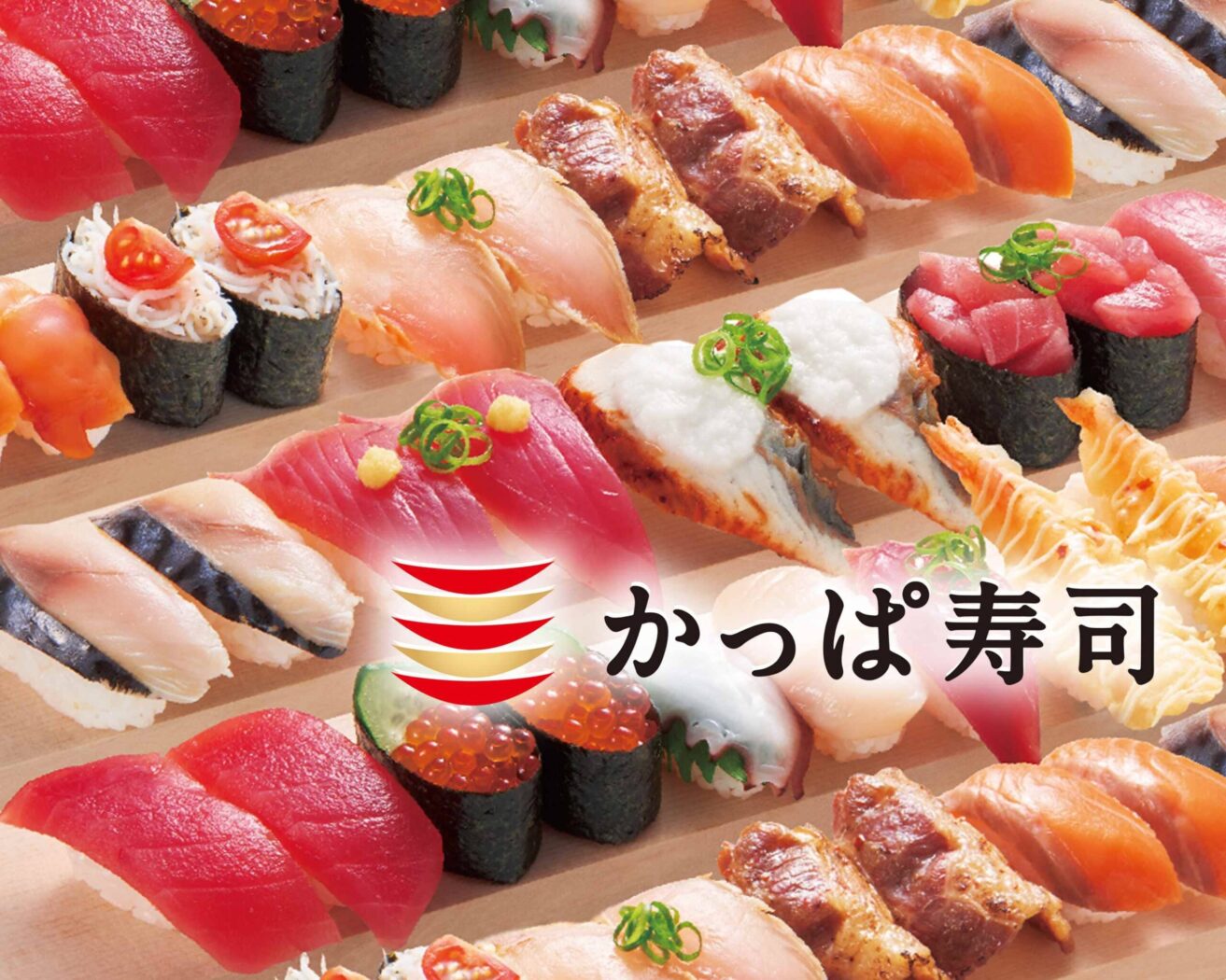
Kappa sushi Nitori Kiryu
Sushi restaurant in Gunma [SUSHILIVE comment] -


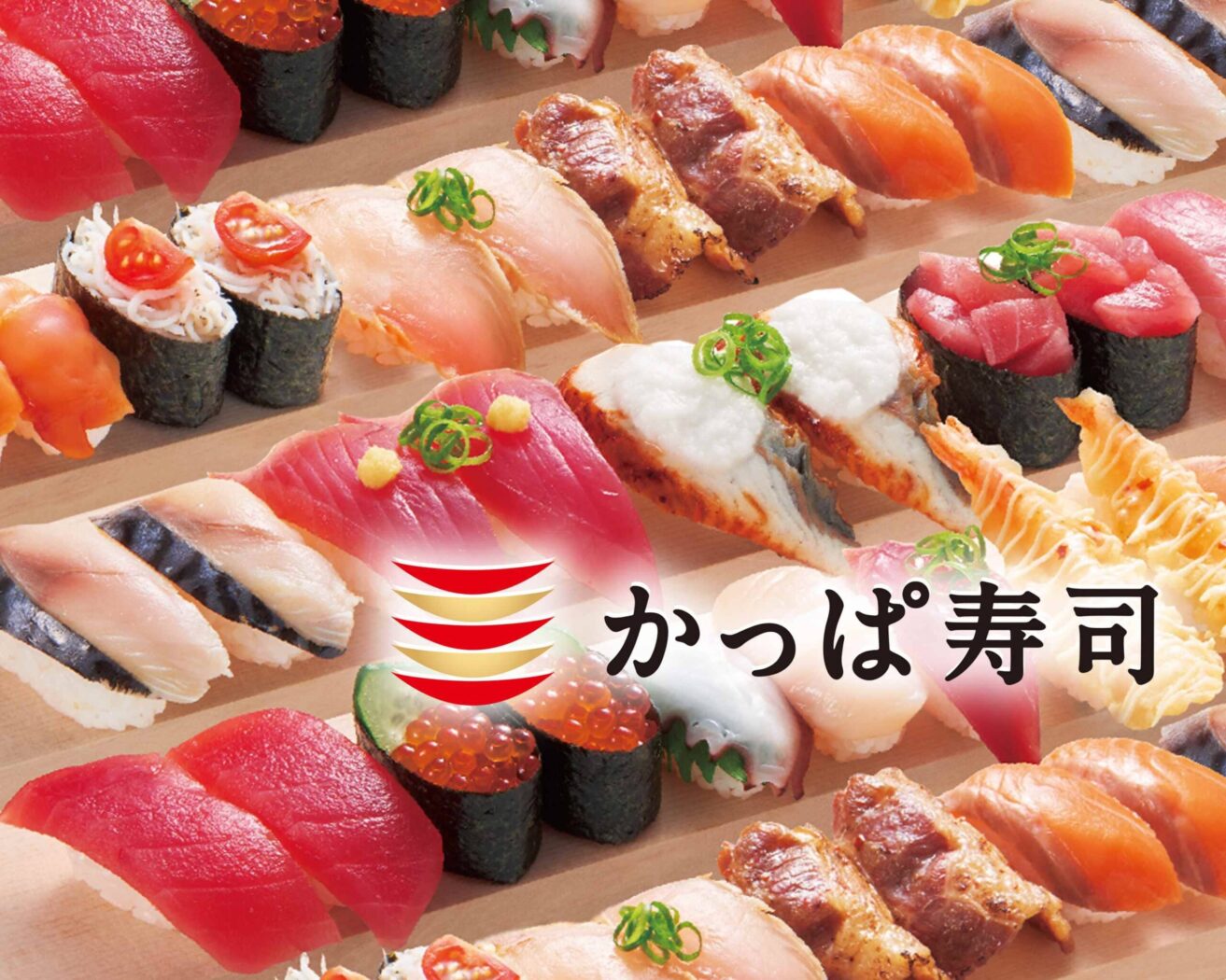
Kappa sushi Nitori Tomioka
Sushi restaurant in Gunma [SUSHILIVE comment] -


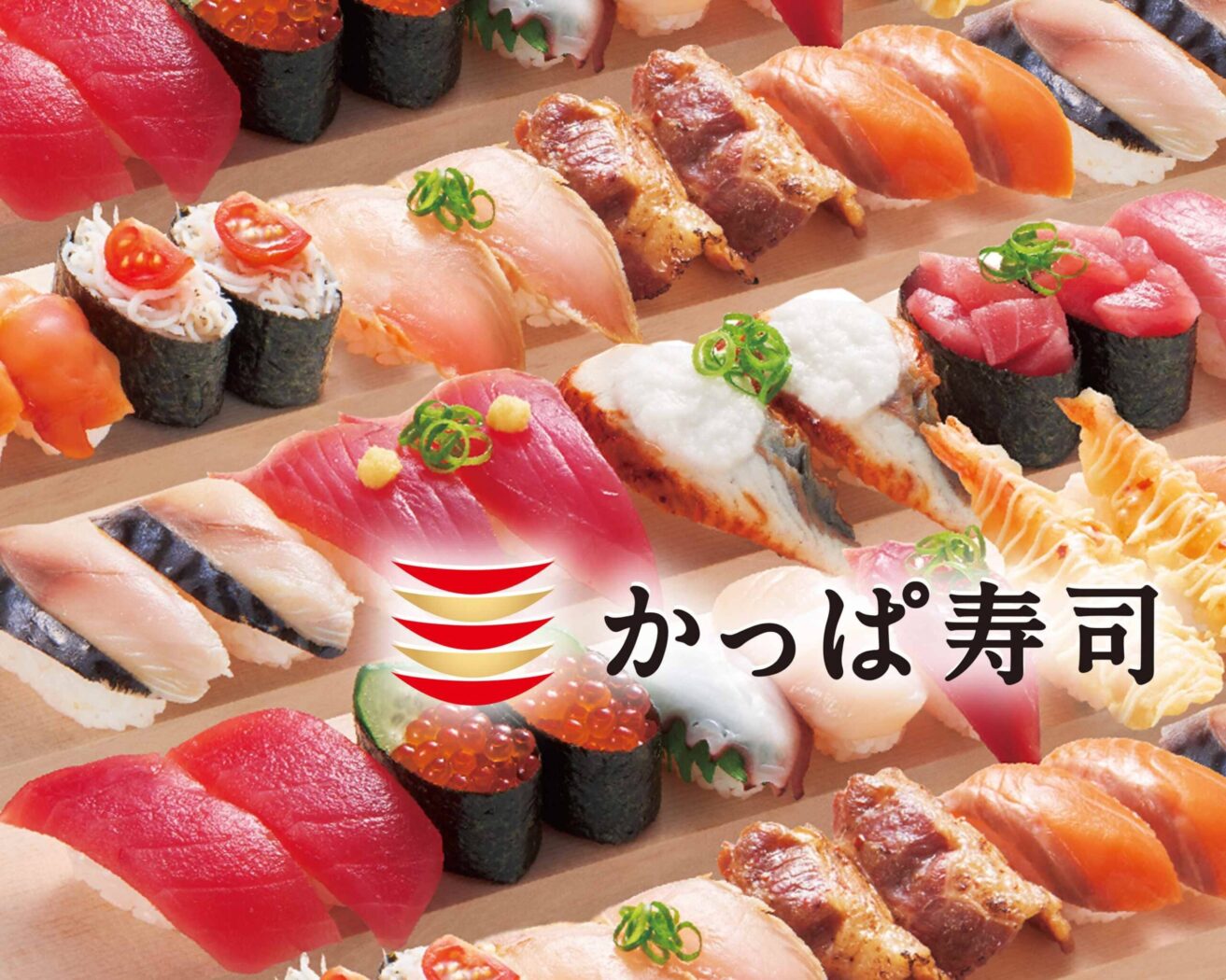
Kappa sushi Nitori Mimata
Sushi restaurant in Gunma [SUSHILIVE comment] -


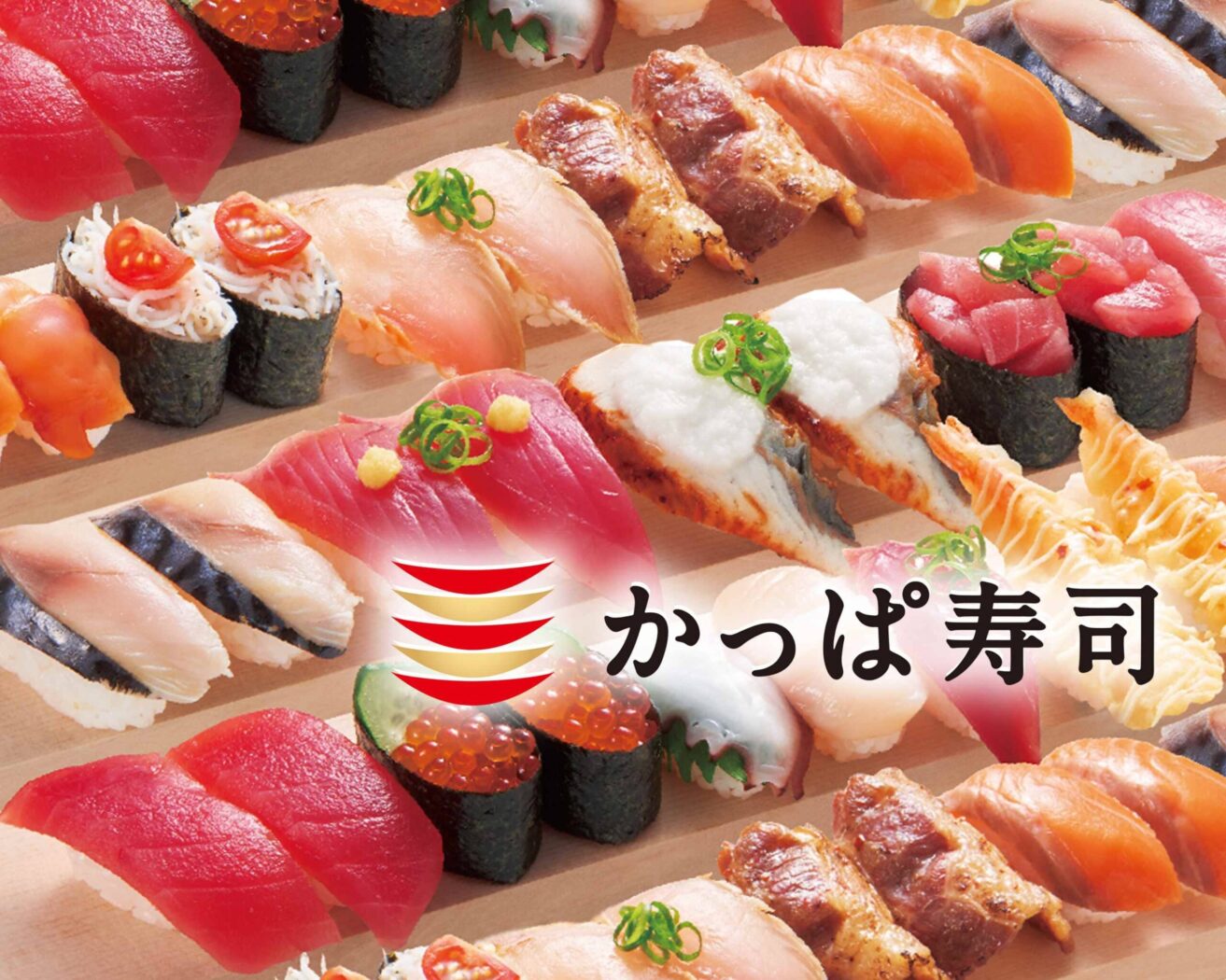
Kappa sushi Shibukawa Store
Sushi restaurant in Gunma [SUSHILIVE comment] -


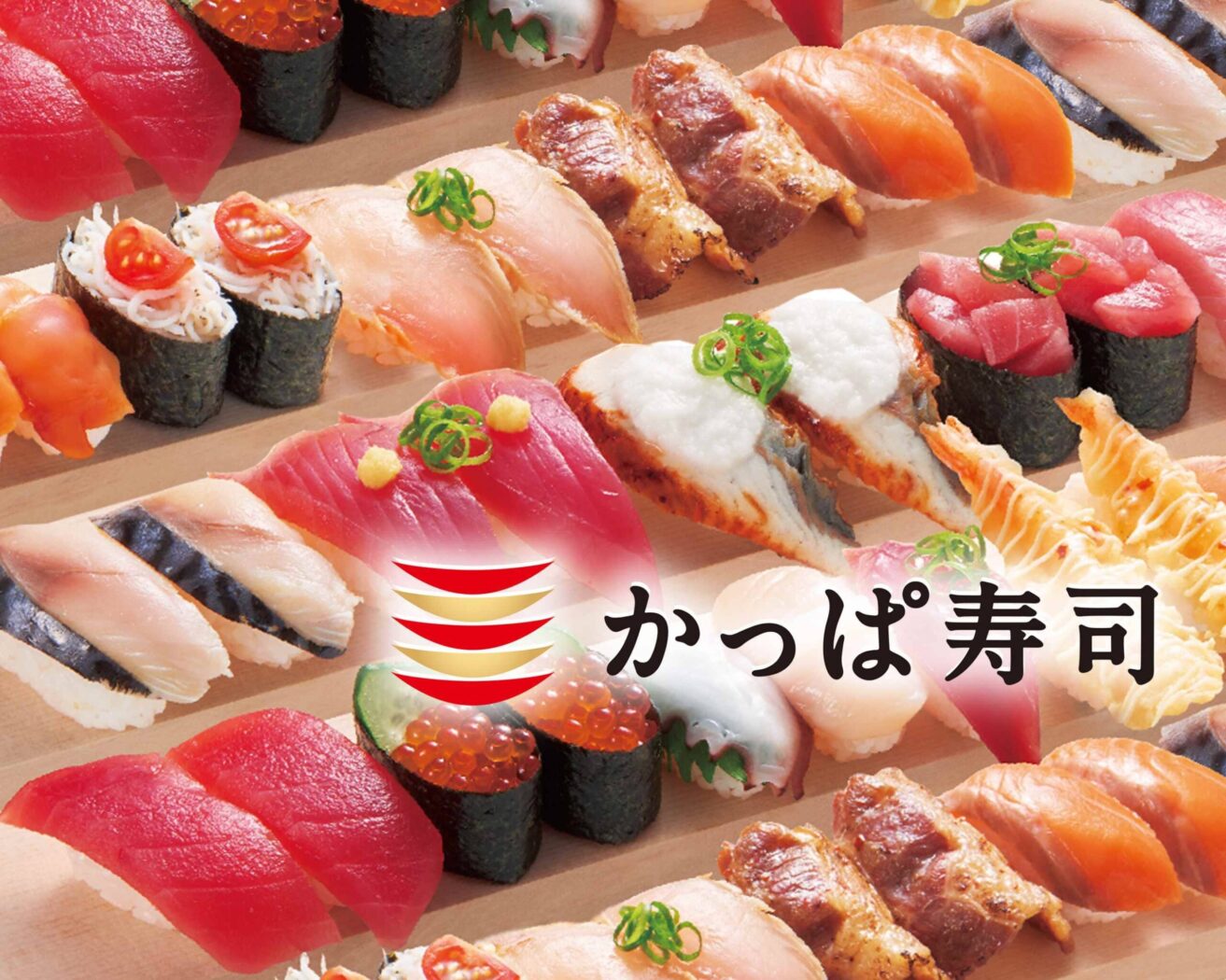
Kappa sushi Isesaki Store
Sushi restaurant in Gunma [SUSHILIVE comment] -


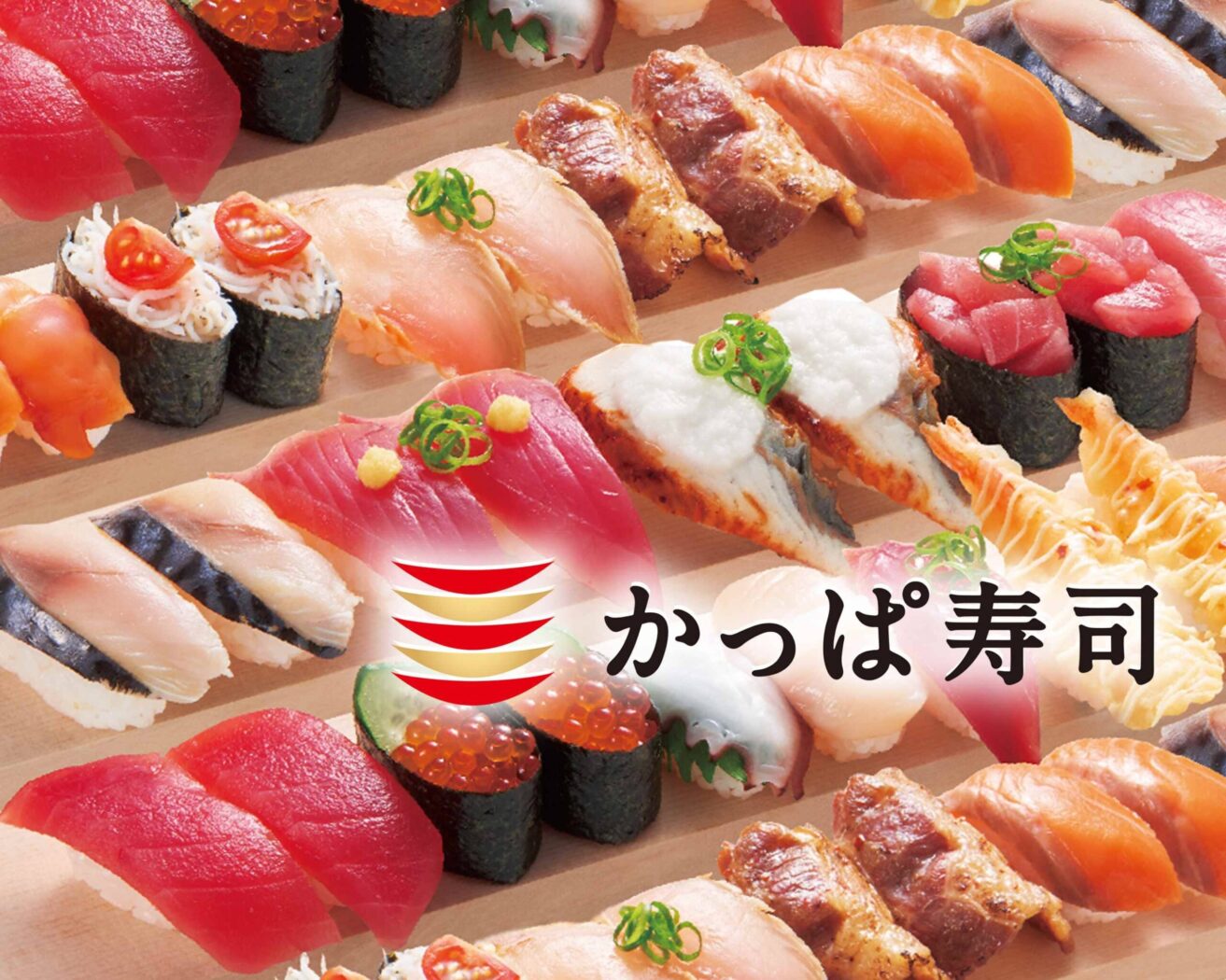
Kappa sushi Fujioka Store
Sushi restaurant in Gunma [SUSHILIVE comment] -


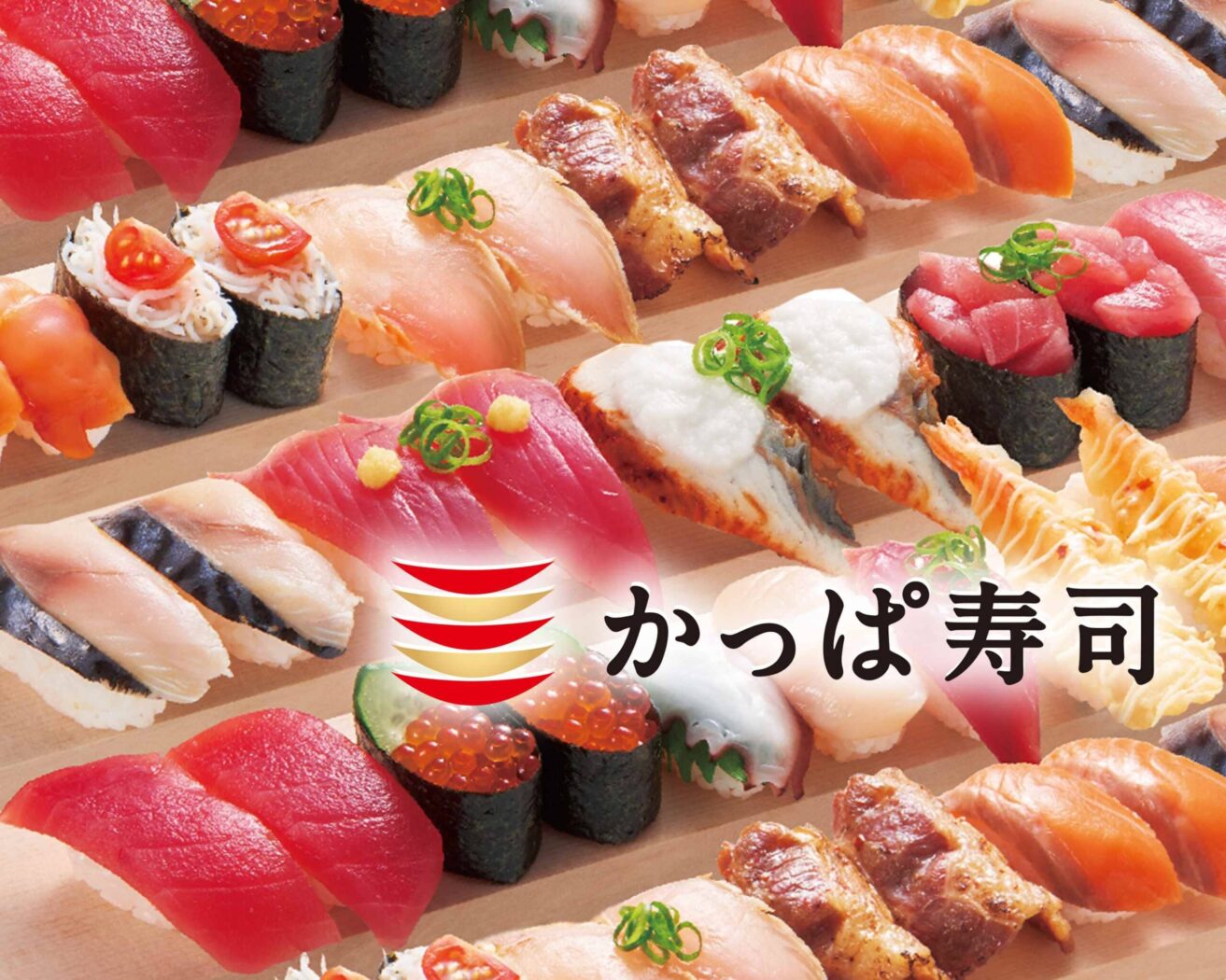
Kappa sushi Nitori Kannabayashi
Sushi restaurant in Gunma [SUSHILIVE comment] -


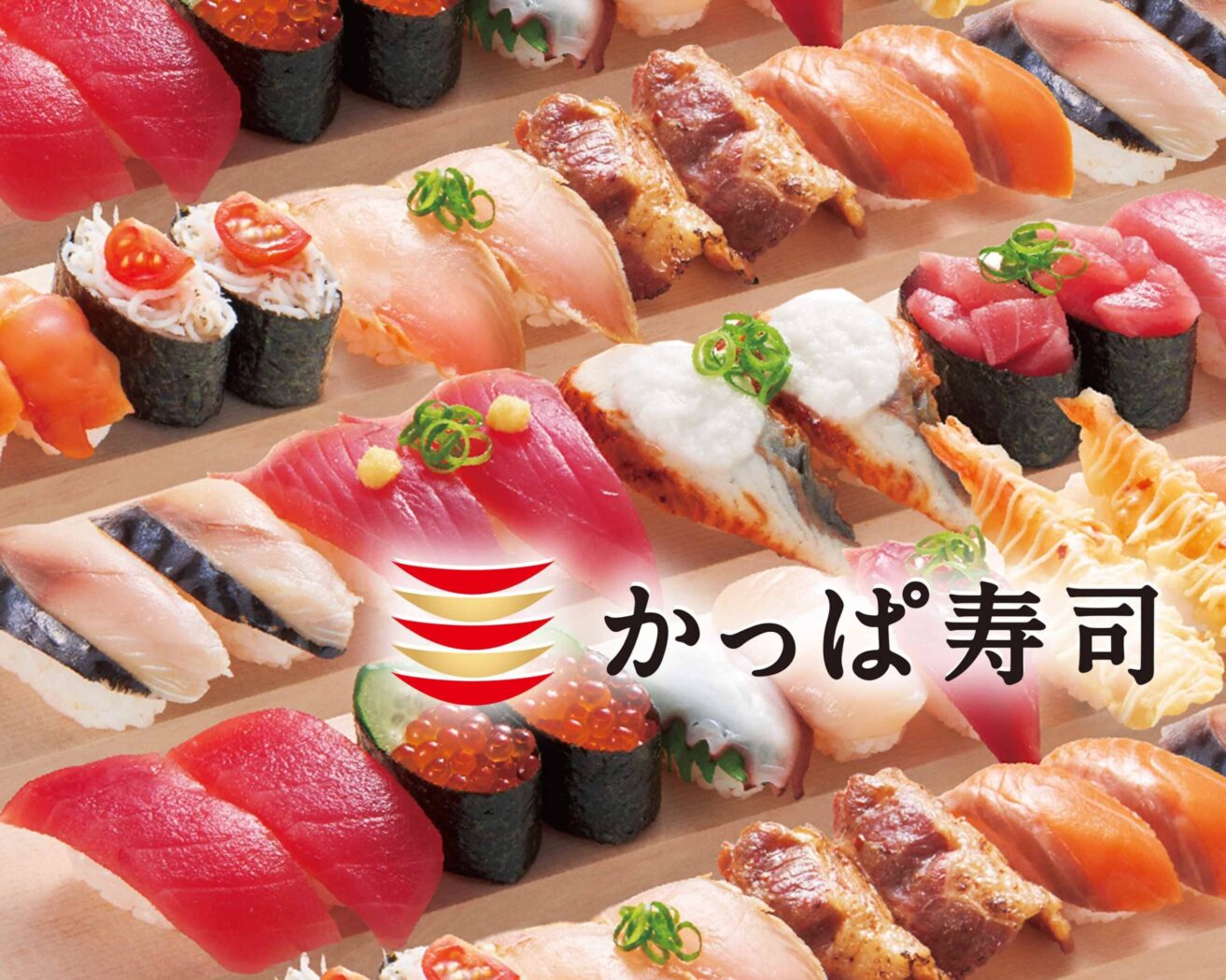
Kappa sushi Numata Store
Sushi restaurant in Gunma [SUSHILIVE comment] -


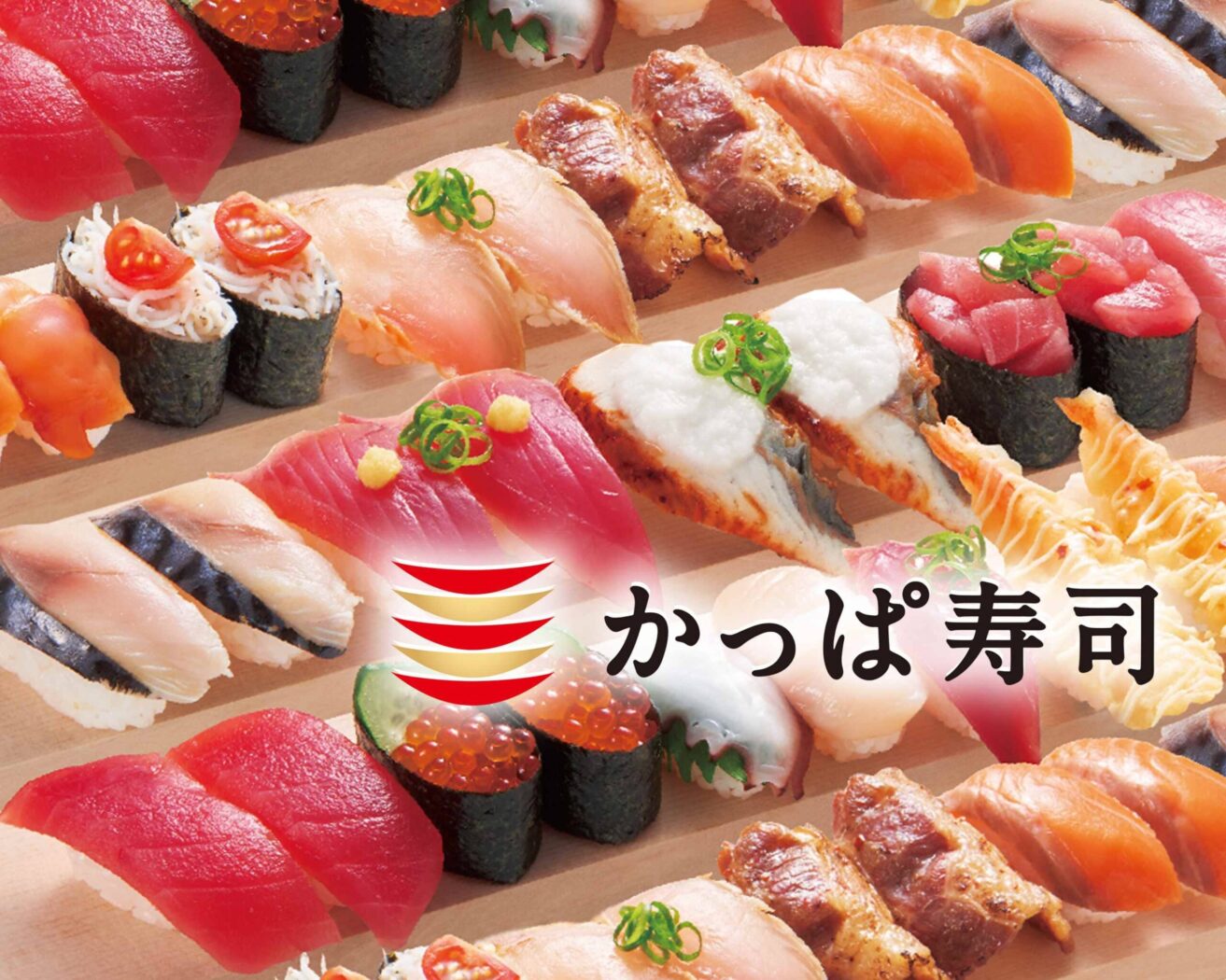
Kappa sushi Anzhong Store
Sushi restaurant in Gunma [SUSHILIVE comment]
Characteristics of Gunma’s Cuisine
The Charm of Gunma: A Tapestry of Mountains, Plains, and Diverse Industries
Located in the northwestern part of the Kanto region, Gunma Prefecture is a land of diverse topography, with majestic mountain ranges and vast plains. The northern part features the mountains along the Joetsu border, boasting rich forest resources and beautiful natural landscapes. Meanwhile, the southern part extends into the Kanto Plain, where agriculture and industry thrive.
With a population of about 2 million people, the prefecture is dotted with core cities such as Maebashi, the prefectural capital, Takasaki, and Kiryu. In recent years, there has been an increase in people relocating from Tokyo, enhancing its role as a bedroom community for the metropolitan area.
Economically, agriculture, industry, and the service sector are the main industries. In agriculture, nationally famous brand products such as rice, wheat, cabbage, and konjac are produced in abundance. The automotive and textile industries are prominent in the industrial sector. Recently, the IT and tourism industries have also been highlighted as areas of growth.
Thus, Gunma Prefecture is a land with a diverse landscape woven by mountains and plains, characterized by a socio-economic feature where various industries such as agriculture, industry, and services are developing in a well-balanced manner.
Rich Nature and History Nestled in the Mountains of Gunma
Surrounded by majestic mountains, Gunma Prefecture has been inhabited by people since ancient times. The region is dotted with many historical sites, such as Paleolithic ruins where the ancestors of the Japanese lived, and ancient tombs that tell the story of the glory of ancient clans.
Agriculture and industry have also thrived in this rich natural environment since ancient times. During the Edo period, the region prospered with sericulture and silk production. In particular, silk fabrics known as “Joshu Silk” were renowned worldwide for their high quality.
In recent years, the prefecture has also enhanced its tourism resources, such as hot springs and ski resorts, attracting many tourists annually. Additionally, its accessibility from Tokyo has led to an increase in newcomers.
Thus, Gunma Prefecture is a fascinating land embraced by mountains, where rich nature and history, traditional industries, and new cultures merge. When visiting, be sure to explore its profound charms.
The Bounty of Mountains and Water: Gunma’s Culinary Culture
Surrounded by mountains, Gunma Prefecture enjoys a variety of food ingredients produced by its rich natural environment. Traditional local dishes passed down through generations, such as “okkirikomi” and “suiton” made with wheat flour, are plentiful.
Known as one of Japan’s three major konjac-producing areas, the prefecture offers a wide variety of konjac-based dishes. Recently, high-quality meats like “Joshu Beef” and “Joshu Ohan-dori” chicken have also gained popularity.
Blessed with water resources, the prefecture offers cuisine featuring river fish such as char and trout, raised in clean streams.
Lately, restaurants serving creative dishes using Gunma-produced ingredients have been increasing. While preserving traditional food culture, Gunma’s culinary culture is also developing new culinary trends.
When visiting, be sure to taste dishes made with unique ingredients from Gunma.
A Simple Delight Cultivated in the Mountains: Gunma’s Sushi Culture
Gunma Prefecture, not facing the sea, has developed a unique sushi culture different from Edo-mae sushi that uses marine products.
A prime example is “oshi sushi” made with river fish such as char and trout. Salted river fish are sandwiched between vinegar rice and pressed with a weight, offering a simple taste unique to a prefecture without the sea.
While sushi using seafood has become more common, Gunma’s sushi culture is also characterized by sushi that incorporates mountain delicacies such as wild vegetables and mushrooms. Especially in spring, sushi using “taranome” (young shoots of the Japanese angelica tree) and in autumn, sushi with “matsutake” mushrooms can be enjoyed.
Furthermore, Gunma is renowned as a producer of wheat flour, leading to unique “sushi” dishes made with flour. “Steamed sushi” wraps ingredients in thinly spread dough and steams them, while “fried sushi” involves frying, both popular as home cuisine.
Thus, Gunma’s sushi culture allows the enjoyment of unique flavors that make the most of the landlocked prefecture’s characteristics. Be sure to try Gunma’s unique sushi when visiting.
The Rich Blessings of Mountains and Water: Gunma’s Specialty Products
Surrounded by majestic mountains, Gunma Prefecture is blessed with a variety of specialty products born from its rich natural environment.
Popular are traditional local dishes such as “okkirikomi” and “suiton” made with wheat flour, and in recent years, high-quality meats like “Joshu Beef” and “Joshu Ohan-dori” chicken have also gained popularity.
As one of Japan’s three major konjac-producing areas, the prefecture boasts a rich variety of konjac-based dishes. Blessed with water resources, cuisine featuring river fish such as char and trout, raised in clean streams, can also be enjoyed.
Additionally, “Akagi’s paulownia sandals” and “Numata’s Buddhist altars” are famous as traditional crafts. Recently, local sake and wine have also attracted attention, becoming popular as products that allow one to taste Gunma’s rich nature.
Thus, Gunma Prefecture produces a wealth of blessings nurtured by mountains and water. Be sure to taste the local specialties when visiting.

